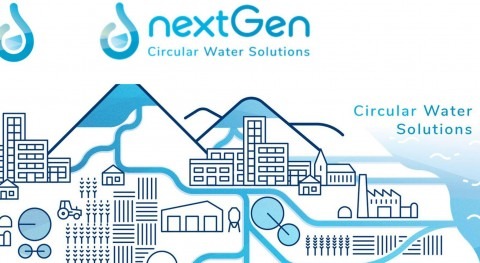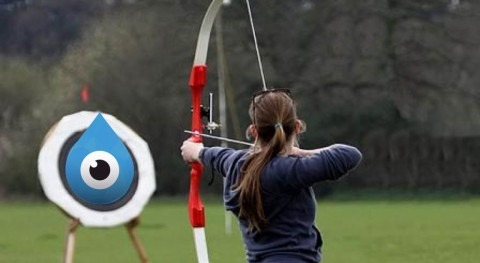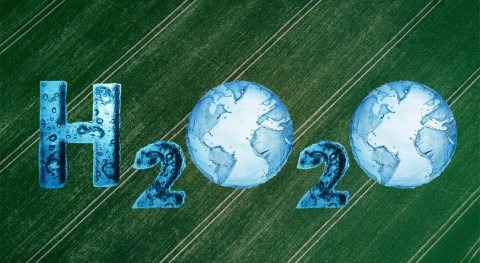Climate change adaptation is leading to changes in the distribution (latitude and elevation) of irrigated areas in Europe, and will continue to do so. As a result of irregular precipitation, such as the one experienced in 2018, in the future, irrigation will likely take place at higher latitudes or at least the percentage of surface under irrigation at higher latitudes will increase, to guarantee a certain agricultural production.
Historically, water has reached cultivated plots by gravity, so irrigated land was located in low-lying areas of the landscape. Currently we can see irrigated areas at higher elevations, in order to look for higher quality crops. I will comment on two examples.
First, some wineries have planted vineyards in the area of Conca de Tremp or in some areas of the Segarra-Garrigues. These vineyards will have enough water to guarantee their production, resulting in an increased quality of the final product.
Secondly, there has been an increase in the elevation of irrigated areas cultivated by fruit producers in Spain. I will describe the case of the Rasa farm that the Nufri group has in Soria, where it produces apples of the Golden, Gala, Fuji, Envy and Evelina varieties. The elevation of the farm is 870 m; it has an area of 1,045 ha, of which 800 are planted, with an expected production of 40 million kg once it is in full production. This farm employs 500 workers at the farm itself, and 75 more at the fruit production centre.
To identify variations in the latitude or elevation of irrigated areas, we cannot use summary data; rather, we need detailed data at the plot level.
In October 2016 I wrote a post in my iAgua Blog with the title ’Tarragona 2017. Irrigation and Sports in Europe’. Two months later, in December 2016, Eurostat published their Agricultural, forestry and fisheries statistics. Although the Eurostat information is available, I would like to share here the most significant figures and tables so that each one can draw their own conclusions.
This week, from February 5th to the 7th, SMAGUA 2019, the 24th International Water and Irrigation Exhibition, will be held. I hope to greet some of you in Zaragoza.

Fig 1. Distribution of irrigable and irrigated area in 2003 and in 2013 by country. Source of Data: Eurostat.

Table 1. Distribution of irrigated and irrigated area in 2003 and in 2013 by country. Source of Data: Eurostat.

Table 2. Distribution of the area irrigated by irrigation types and area by EU country. Source of Data: Eurostat.

Table 3. Irrigated surface at least once a year, Volume of water used for irrigation and average volume of water used for irrigation by EU countries. Source of Data: Eurostat.

Figure 2. Distribution of irrigation types by country. Source of Data: Eurostat.

Figure 3. Distribution of the origin of irrigation water by country. Source of Data: Eurostat.





